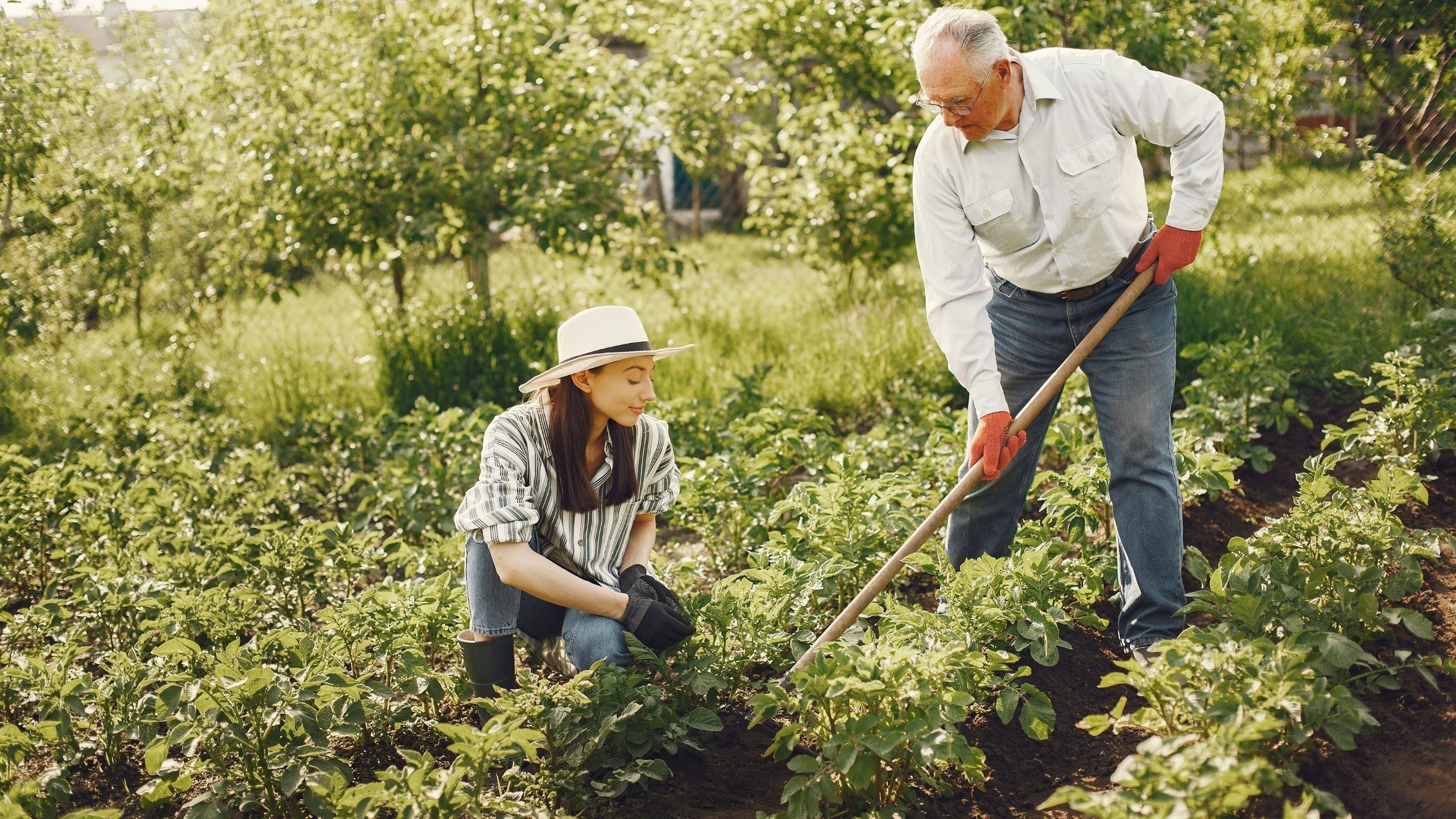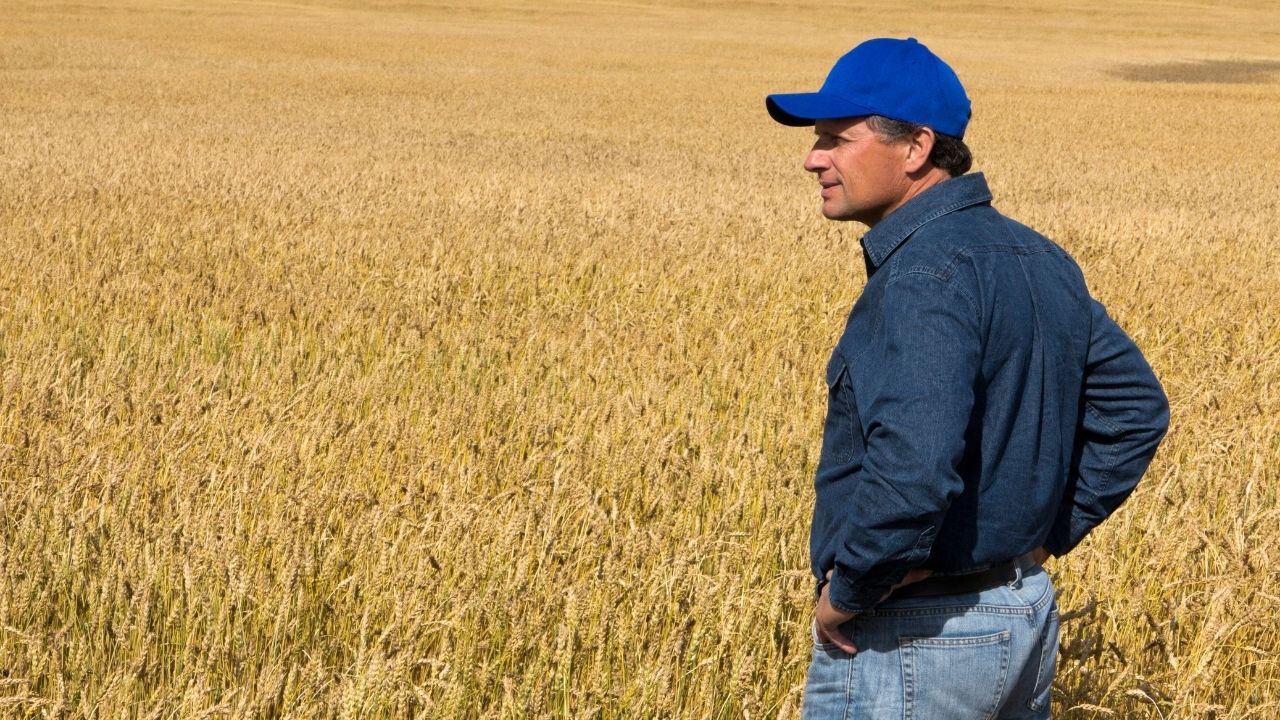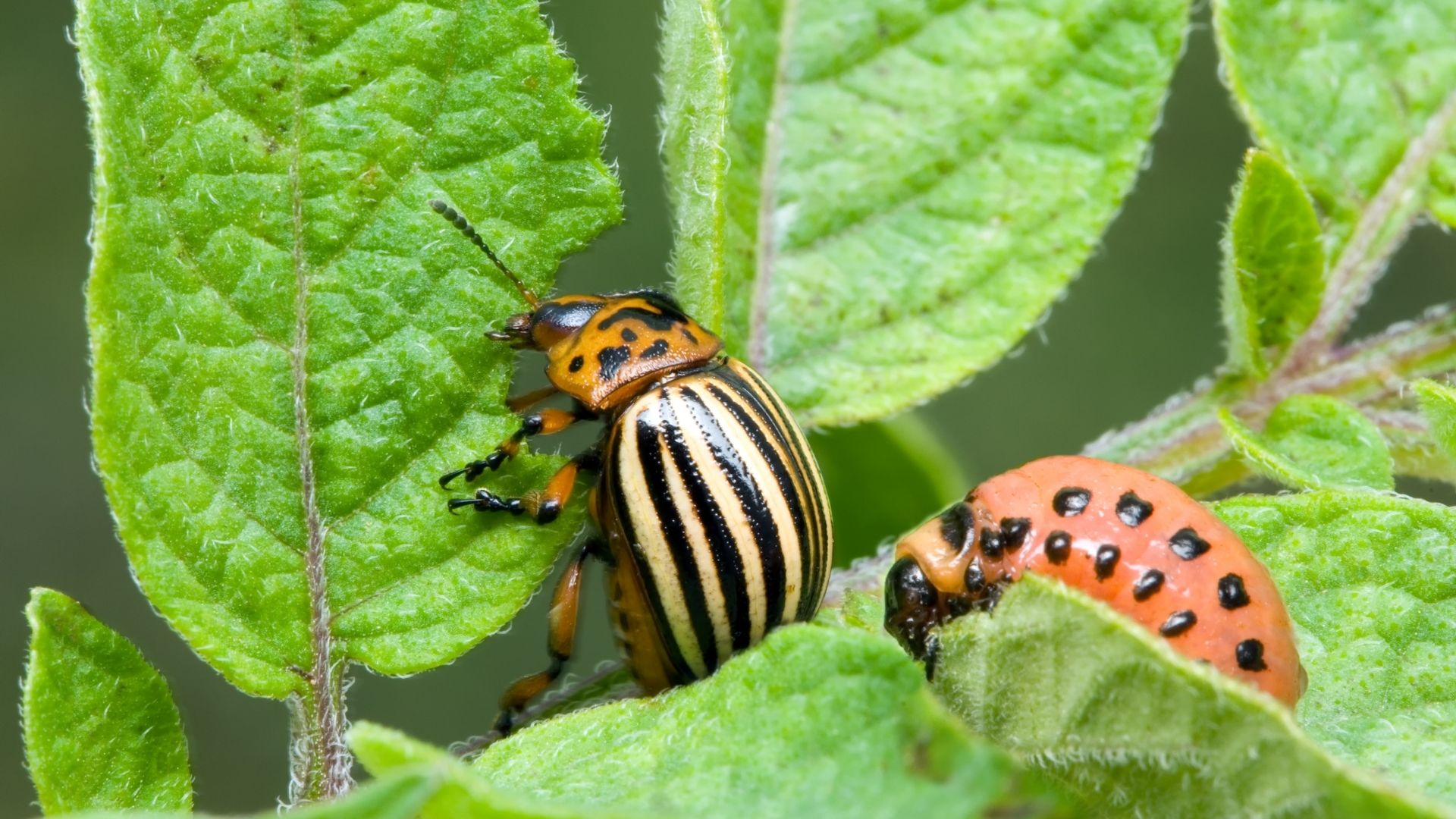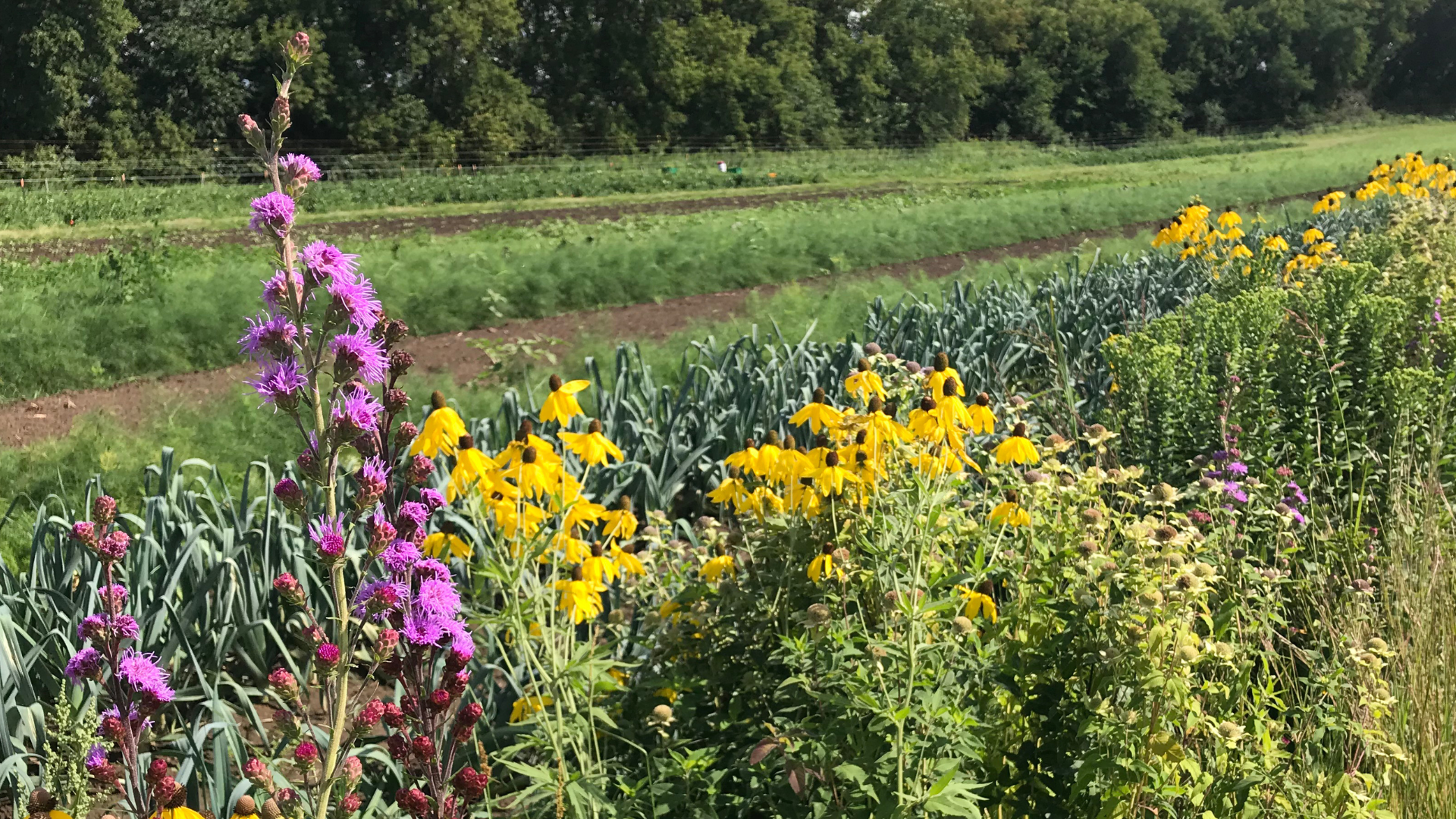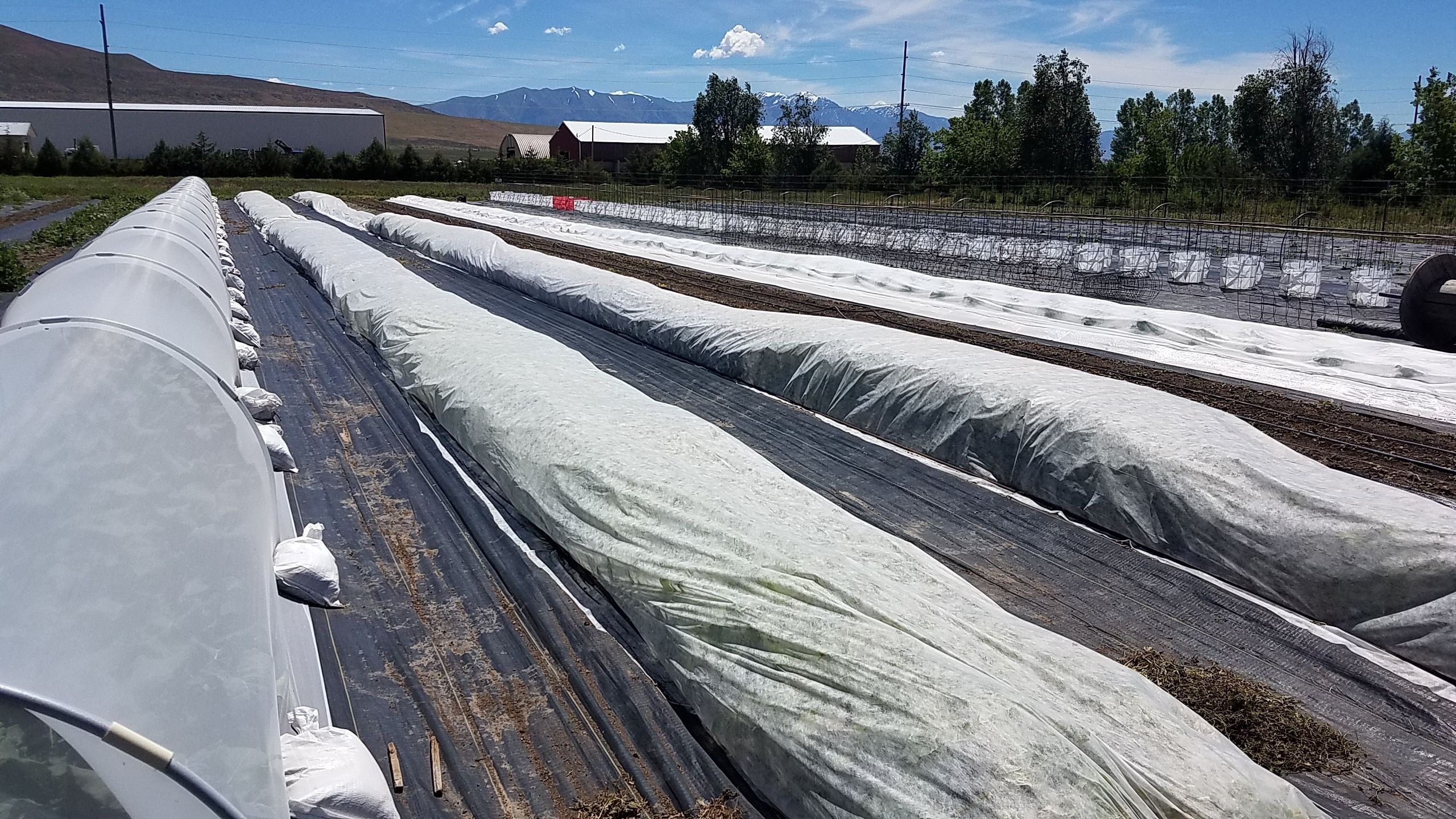What Is Biochar and How Is It Used?
Jan 2021
Marion Murray, IPM Project Leader
Do You Know?
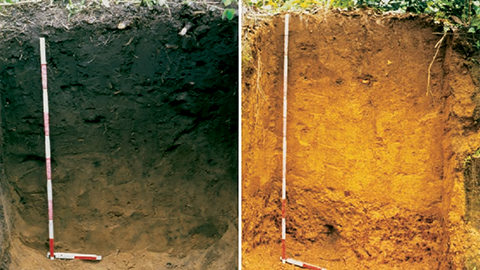
- Biochar is a charcoal-like product made from biomass waste, such as wood or agricultural waste, paper mill waste, or other biological residues.
- The concept for use as a soil amendment originated in Amazonian terra preta soils.
- Biochar could become an important option in mitigating climate change via carbon sequestration.
- Not all biochars perform the same. It depends on the biomass source, the temperature of pyrolysis, and the size of the product.
Biochar is a charcoal-like product that contains no petroleum. It is made by heating biomass such as herbaceous or woody crop residues, non-salvageable timber and slash, or animal manure, in a contained system. There are many potential uses for biochar including water treatment, land reclamation, and carbon sequestration. Biochar may also be used as a soil amendment for two purposes – to improve plant health and to store carbon. It is predicted that at least 50% of the carbon in any piece of waste turned into biochar becomes stable, locking away that carbon for a period of several to hundreds of years, offsetting its contribution as a greenhouse gas in the form of carbon dioxide.
Origins of Biochar
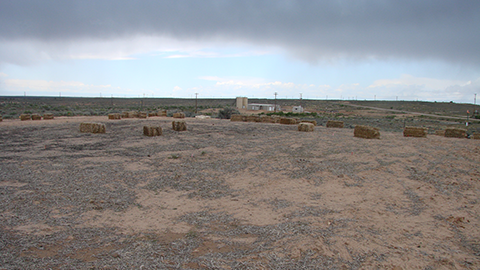
Although biochar is currently a hot topic, especially in agriculture, it has ancient roots. In the Amazon, pockets of soil are widely believed to have been amended or mulched with charcoal waste from pre-Columbian Indian hearths thousands of years ago. Those soils, known as “terra preta” (dark earth) are dark, loamy, and fertile (Fig 1).
Johannes Lehmann at Cornell University (2003) showed that the terra preta soils had higher nutrient availability, higher cation exchange capacity, greater water retention, and greater porosity/aeration than the native soil, resulting in improved crop growth.
Lehmann’s results have fueled hundreds of studies to replicate the terra preta effect through the use of biochar as a soil amendment. Trials in both agricultural soils and potted plants have shown mostly positive results, with findings similar to Lehmann’s after just one application. Alternatively, some crop studies have shown neutral or opposite effects, where plant growth is not affected or actually decreases.
Although scientists have learned that the effects of biochar vary widely, more research is needed to properly quantify the effects of biochar application in different climates and agricultural cropping systems.
How Biochar Is Made
Biochar is created during a process called pyrolysis, which is a heat-driven reaction (350-700°C) where carboncontaining biomass (the “feedstock”) is broken down into various components. The pyrolysis reaction requires very little oxygen, so therefore, the material does not combust and emissions are contained.
The biomass decomposes to smaller molecules of gas and solids. When cooled, some gases condense to become biofuel while the remaining stays in gas form (syngas). The solid (mainly the lignin portion of the biomass) becomes biochar. More biofuel is created during “fast pyrolysis,” where the pyrolysis heating rate is high and the starting feedstock is finely-ground. Conversely, during “slow pyrolysis,” which uses longer, slower heating rates and larger pieces of feedstock, more biochar is formed. For the pyrolysis reaction to occur, a heat source is needed, and a portion of the endproducts made from pyrolysis are used again as that heat source, creating a sustainable system.
Large, permanent pyrolysis reactors that produce biochar, oil, and syngas process a steady supply of more than 100 tons of biomass per day. Mobile pyrolysis units may process up to 50 tons of biomass per day, and can be moved to the source of the biomass. Small pyrolysis stoves can be purchased or home-made to create just biochar.
For sustainable production of biochar, only waste biomass products are used. This includes crop residues, non-commercial wood and wood waste, manure, solid waste, non-food energy crops, construction scraps, yard trimmings, dairy waste, or grasses. When biochar is desired as the end product, the feedstock should be high in lignin, such as woody materials or nut shells. Low-lignin biomass such as wheat straw produce the lowest amount of biochar.
Biochar As A Soil Amendment
The characteristics of biochar vary significantly depending on feedstock type and pyrolysis temperature. In general, biochar has an alkaline pH, is porous, contains fixed and available carbon, and may contain some nutrients. The nutrient content of chars for plant growth is negligible, but their high cation exchange capacity improves the effects of fertilizer applications. The most important characteristic for the improvement of soil properties (such as adsorption capacity and water retention) is biochar porosity and surface area.
The properties of biochar determine its applications to soil, and a particular biochar may not be adapted to all types of soils. Therefore, optimizing biochar for a specific application may require the selection of certain feedstocks and pyrolysis temperature.
- Manure: greater content of nutrients and cation exchange capacity; higher electrical conductivity (may increase soil salt concentration); low carbon content
- Crop and grass residue: higher potassium content; lower porosity; higher carbon content
- Wood waste: greater fixed carbon content and thus, more stable; greater porosity and thus higher water retention; biochar from conifer wood has a lower pH and would be better for alkaline soils
- Higher pyrolysis temperatures (500°C – 650°C): greater amount of micro-pores (better for adsorption of toxic substances and soil rehabilitation); higher pH; greater mineral content; lower cation exchange capacity
- Lower pyrolysis temperatures (350°C – 500°C): greater degradable carbon as source for soil micro-organisms; higher cation exchange capacity
Examples of Biochar In Use
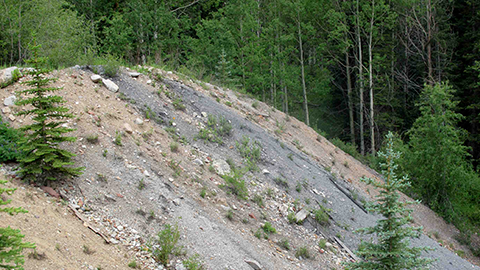
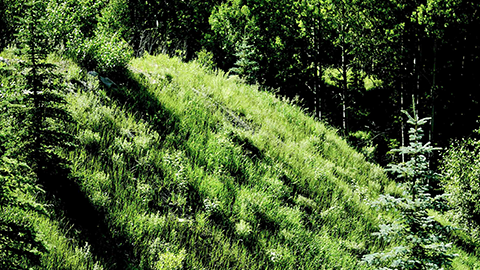
In agriculture, biochar has the potential to increase water-holding capacity, prevent nutrient losses from fertilizers, and provide structure for the build-up of beneficial soil microorganisms. These qualities in turn may improve plant growth or crop yield.
Because of biochar’s high pH and ability to bind to heavy metals and other organic pollutants, it is being investigated as a reclamation tool on old mining lands, contaminated water sources, dairy lagoons, and more.
- In Oregon dryland wheat cropping systems, biochar application at a rate of 10 tons per acre raised soil pH and increased crop yield by almost 30%.
- In greenhouse growing media, biochar shows potential for replacement of perlite and peat moss, where it also prevents nutrient leaching (11% reduction over traditional media).
- Cacao growers in South America are applying biochar to young trees to shorten the number of years to production by half.
- Several non-profits are creating biochar gardens throughout Third World nations to improve depleted soils.
- Botanic gardens are making their own char and using it in compost mixes.
- Foresters in Colorado, Idaho, and Utah are exploring biochar production to turn dead trees (largely beetle kill) into a value-added product and as an alternative to slash and burn.
- Dairy farms are looking at using biochar to reduce phosphorus in dairy lagoons.
- Water treatment plants are looking to replace activated charcoal with the cheaper biochar to clean up polluted water that is heavily contaminated with toxic chemicals.
References
- Apostolm K. G., McAvoy, D., Rappold, P., & Kuhns, M. (2017). Biochar for forest restoration in western states. Utah Forest Facts, NR/ FF/034(pr). Utah State University Forestry Extension.
- Cernansky, R. (2015). Agriculture: State-of-the-art soil. Nature, 517, 258–260.
- Brick, S. (2010). Biochar: Assessing the promise and risks to guide U.S. policy. Natural Resources Defense Council.
- Lehmann, J., Dirse, C., Kern, B. G., & Woods, W. I. (2003). Amazonian dark earths: Origins, properties, management. Kluwer Academic Publishers.
- Mylavarapu, R., Nair, V., & Morgan, K. (2019). An introduction to biochars and their uses in agriculture. University of Florida IFAS Extension.
- Ramlow, M., Keske, C.M.H., & Cotrufo, M.F. (2016). Biochar in Colorado. [Fact Sheet]. Colorado State University Extension.
- Trippe, K., & Phillips, C. (2021). Pacific Northwest Biochar Atlas.




